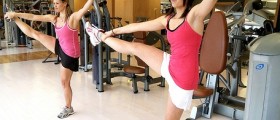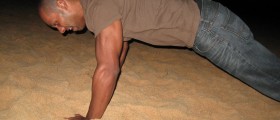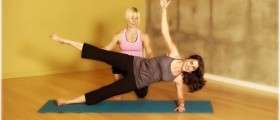
The overload principle stands for a specific characteristic of our body and its reaction to physical exercise. Namely, your body will develop and progress only if you expose it to physical exercising which takes it one step beyond what it is used to. Therefore, if you walk for two miles for a week or two, your heart will learn how to cope with this physical activity and will see no further challenge. Thus, in order to make your body even stronger, you need to overload it once more, increasing the intensity or length of the physical exercise.
Overloading Your Body to Perfection
Once you expose your body to systematic overloading, it is bound to advance in many aspects of physical fitness. Basically, this progress will reflect through increased flexibility, stretching, endurance, strength and overall fitness. Speaking of fitness, the levels of this physical characteristic are measured by your capability of getting exposed to overloading.
For example, people who lead sedentary lives are not physically fit since they cannot maintain any form of physical activity for a long time. They quickly get overwhelmed by the overload and lose their capability to endure it. However, through regular exercising and moving it all up a notch, one can improve his/her physical fitness significantly over time. Therefore, if you fell like you are stuck in an exercise routine without progress, you need to increase the overload, triggering advancement once more, repeatedly – over and over again. Thus, there is no progress without overload.
An Effective Exercise Program
Your progress towards an ever-increasing level of physical fitness depends on several crucial factors. Basically, these are frequency, standing for how often you engage into physical activity, intensity depicting the level of effort you invest, the length of your exercise sessions, and, finally, the types of exercises your are performing.
So, in order to address all these factors and receive boosting of physical fitness in return, you need to dedicate up to 30 minutes of your daily time to exercising. Note that this time can be split into three 10-minute sessions too. Either way, you will be burning calories and improving your overall physical health.
As for intensity, you need to balance it between low, moderate and high. Moderate will get your heart pumping quite a bit, but will not prove to be overwhelming, while high intensity workouts will push you and your heart over the limits. This is why these intervals need to be short, but effective.
Ultimately, make sure you are choosing and performing a vast variety of exercises such as walking, jogging, running, weight lifting, yoga, gardening, swimming etc. This way, you will keep all you muscles active without overstraining them, reaping many benefits of the physical fitness overstraining principle.

















Your thoughts on this
Loading...